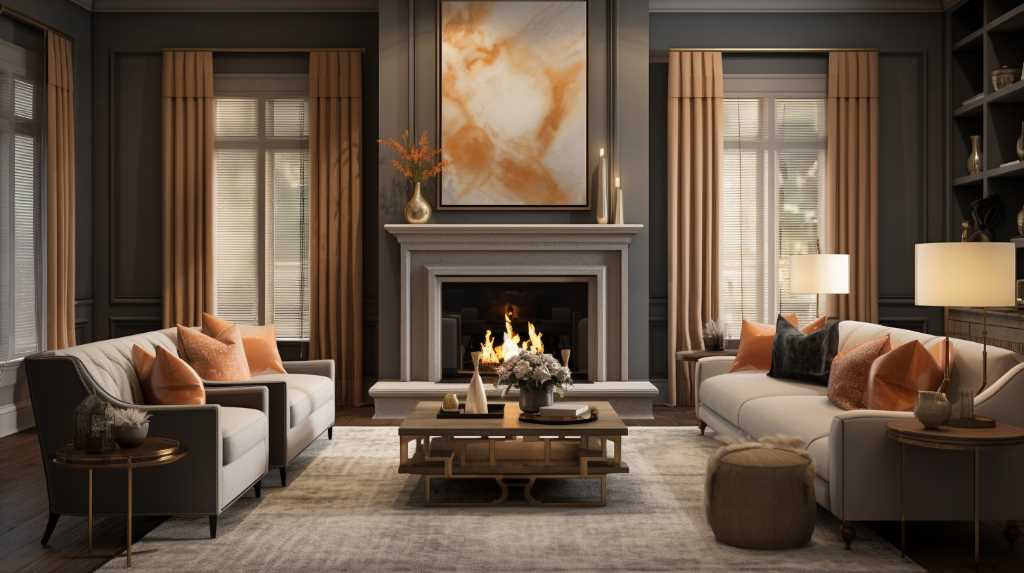The Art Of Interior Design: Crafting Spaces That Inspire
Home design is a bit more than just arranging furniture aesthetically in just a space; it’s a comprehensive approach to transforming the setting and functionality of your room. It is an art that marries aesthetics, functionality, and the personality of the occupants to create a harmonious and inviting living or working environment. In this article, we will explore basic principles of home design and how it could improve the spaces we inhabit.

Understanding Home design
Home design is the procedure of planning, organizing, and decorating the inside of your space to make a visually pleasing and functional environment. It encompasses a massive amount elements, including palettes, furniture selection, lighting, spatial arrangement, and also selecting decorative elements like artwork, rugs, and curtains.
Key Principles of Interior planning
1. Balance: Achieving balance in the space is vital to creating a harmonious atmosphere. There are two varieties of balance in design: symmetrical and asymmetrical. Symmetrical balance involves arranging elements evenly on sides of an central axis, while asymmetrical balance is achieved via a careful arrangement of different elements that create visual equilibrium.
2. Harmony and Unity: Harmony could be the a sense cohesion and consistency in the design. It involves using elements and principles that complement the other, creating a a feeling of unity in just a space. A harmonious house designer should convey an even style, color scheme, and theme.
3. Scale and Proportion: Scale and proportion reference the scale and relationships of various elements inside a space. A well-designed room considers the size of furniture, decor, and architectural features to ensure that they come together seamlessly.
4. Emphasis and Focal Points: Creating a focal point inside a room draws focus on a certain area or element, for instance a portray, a fireplace, or even a statement piece of furniture. Emphasizing certain elements helps to slowly move the viewer’s eye and adds interest towards the space.
5. Rhythm and Repetition: Rhythm may be the flow and movement within a room. Repetition of colors, shapes, patterns, or textures can create a a feeling of rhythm and cohesiveness within the design.
The Interior Design Process
Designers adhere to a structured method to achieve their vision. This process typically includes the following stages:
1. Initial Consultation: The designer fulfills the customer to understand their needs, preferences, and budget. This task is important in establishing the project’s direction.
2. Space Planning: In this phase, the designer generates a layout that optimizes the use of space while thinking about the client’s functional requirements.
3. Concept Development: The designer develops a design concept that encompasses the style, color scheme, and overall mood with the space. This concept works as a blueprint for the project.
4. Material and Furniture Selection: The designer chooses materials, furniture, lighting, and accessories that align with all the design concept, ensuring they match the client’s aesthetic and functional goals.
5. Execution: This stage involves implementing the style plan, such as coordinating with contractors, overseeing construction or renovations, and managing the setting up furnishings and decor.
6. Styling and Decoration: A final touches, for example arranging decor and adding personal touches, are very important to complete the space making it genuinely unique.
Interior design is often a multifaceted discipline that transforms empty rooms into personalized and functional spaces. It combines creativity, problem-solving skills, and an comprehension of human psychology to make environments that reflect the personality and requires of these occupants. Maybe it’s a cozy family room, an effective workspace, or possibly a luxurious hotel suite, interior planning has the power to promote our surroundings and enrich our lives. By sticking with the principles and processes outlined in the following paragraphs, you’ll be able to set about a journey to craft spaces that inspire and delight.
For more details about modern interior design take a look at this useful web site
